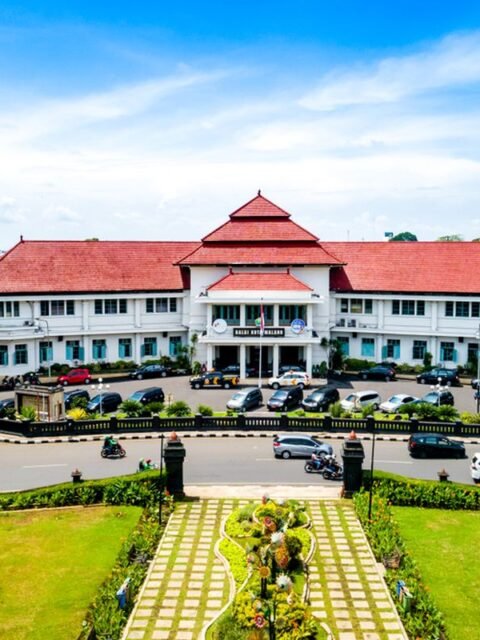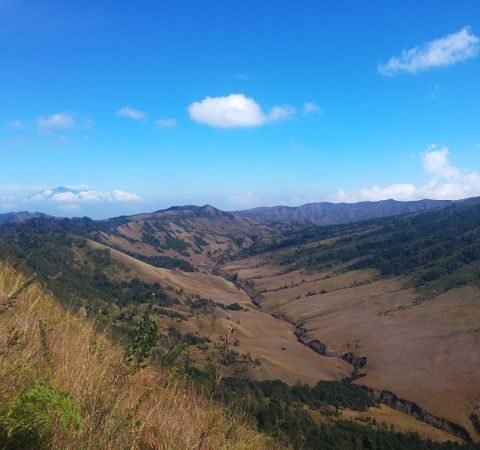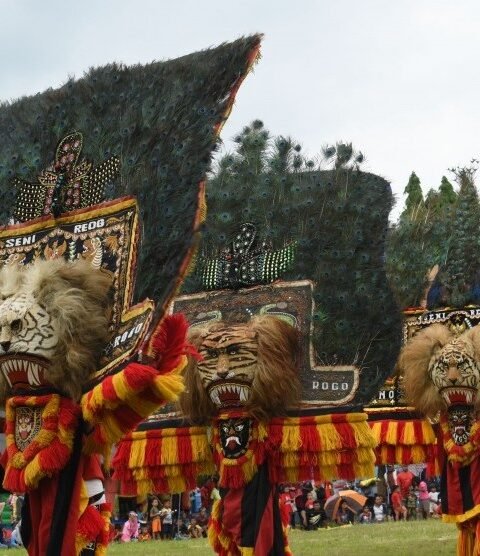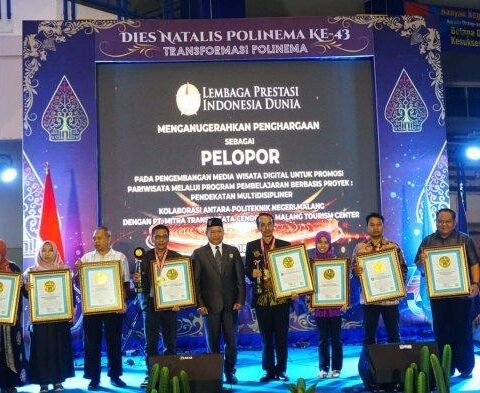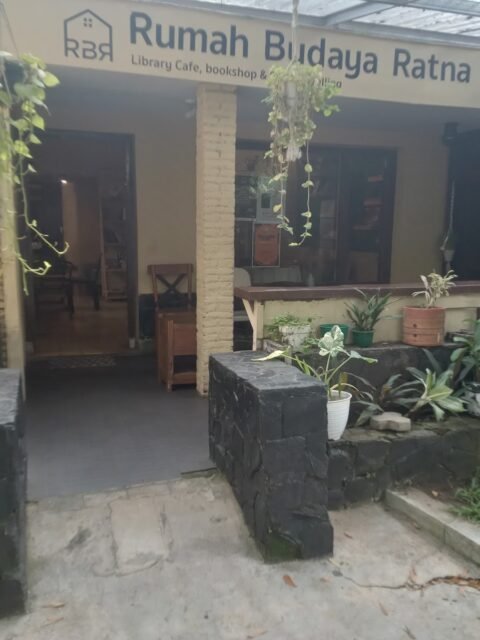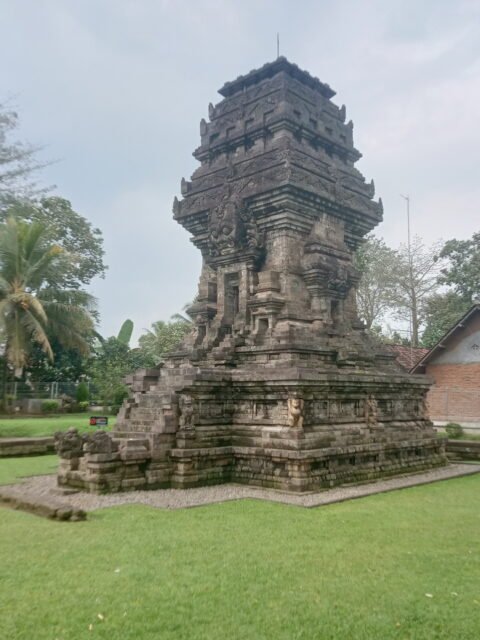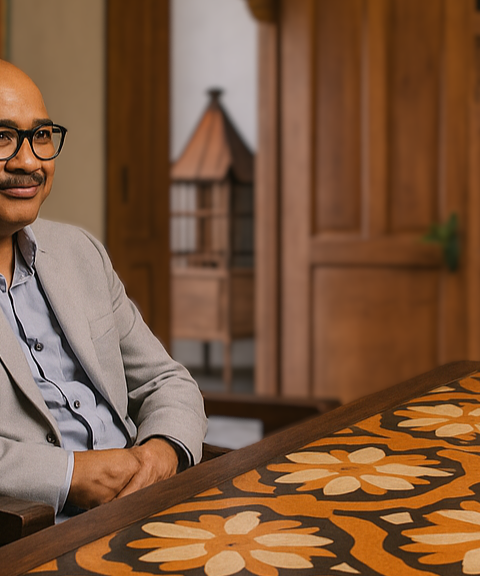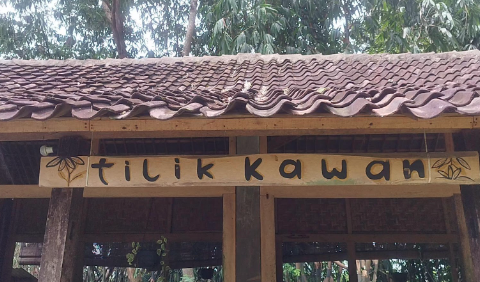
“The Ruler’s Dream: Revealing the Meaning Behind the Candi Kidal Relief”
MTC Media-Malang Candi Kidal invites us to delve into the depth of symbolism engraved on the temple reliefs. In addition, this title also raises curiosity about who exactly is the dreaming figure in the relief. In other words, we are invited to do an in-depth interpretation of the facial expressions, body gestures, and objects around the figure. Furthermore, we can connect the ruler’s dream with the social, political, or even cosmological conditions at that time. In short, this title invites us to read history through a work of art.

“Spiritual Traces at the Peak of Candi Kidal”
If the previous title invites us to examine the depth of symbolic meaning, then this temple takes us to the spiritual dimension of Kidal Temple. In addition, this title invites us to feel the mystical aura that is often felt by visitors to the temple. In other words, we are invited to explore the spiritual beliefs and practices of the ancient Javanese people in relation to sacred places such as temples. Furthermore, we can discuss the rituals performed in temples, as well as their influence on people’s lives. In short, this title invites us to experience spiritual experiences that may still be alive today around temples.

“The Mystery Story Hidden Behind the Andesite Stone”
Candi Kidal draws our attention to the temple building material itself. In addition, this title also implies the existence of folklore or legends related to andesite stone. In other words, we are invited to find out why andesite stone was chosen as the main material in the construction of the temple, and what special meaning it holds. Furthermore, we can explore myths about the magical powers of andesite stone, as well as its connection to the lives of people in the past. In short, this title invites us to see temples not only as physical buildings, but also as containers for various beliefs and myths.
Additional Information:
Before visiting Kidal Temple, there are a few things you need to note:
Visit Rules:
- No smoking: To maintain the cleanliness and beauty of the temple environment.
- Bringing food and drinks is prohibited: Especially alcoholic beverages.
- No damaging or scribbling on the temple: Let’s protect the nation’s cultural heritage together.
- Bringing pets is prohibited: Except for pets that are facilitated as guides for people with disabilities.
- Dress modestly: Wear clothes that cover sensitive body parts.
Additional Tips :
- Hire a Guide: To get a more in-depth explanation of the history and meaning of Kidal Temple, you can hire a local guide.
- Bring a Camera: Don’t forget to bring a camera to capture the beauty of Kidal Temple.
- Protect Yourself from the Heat: Use a hat, sunglasses, and sunscreen, especially when visiting the temple during the day.
- Dispose of Trash in its Place: Let’s keep the environment around the temple clean
More Information:
- Address: https://maps.app.goo.gl/91FK93okA32s7ci37
- Opening Hours: 08.00-17.00 WIB
- Entrance Fee : Free
Candi Kidal Malang
A Dream Engraved In Stone: Candi Kidal Malang Candi Kidal is a 13th-century Hindu temple located in Malang, East Java, Indonesia. It is a remarkable example of Singosari architecture, known for its intricate carvings and unique orientation. The temple is believed to have been built as a cenotaph for King Kertanegara, the last ruler of the Singasari Kingdom. Its reliefs depict various scenes from Hindu mythology and daily life, offering a glimpse into the culture and beliefs of the time. One of the most intriguing aspects of Candi Kidal is the presence of a relief depicting a man seemingly lost in thought. This figure has been interpreted as a representation of the king himself, reflecting on his life, legacy, and the impermanence of existence. The "dream engraved in stone" mentioned in the title likely refers to this particular relief. It symbolizes the eternal nature of art and the ability of ancient artifacts to connect us with the past and inspire reflection on our own lives. Candi Kidal is not only a historical monument but also a place of spiritual significance. Visitors can experience the serene atmosphere and appreciate the beauty of its architecture, while contemplating the stories and dreams etched into its stone.




